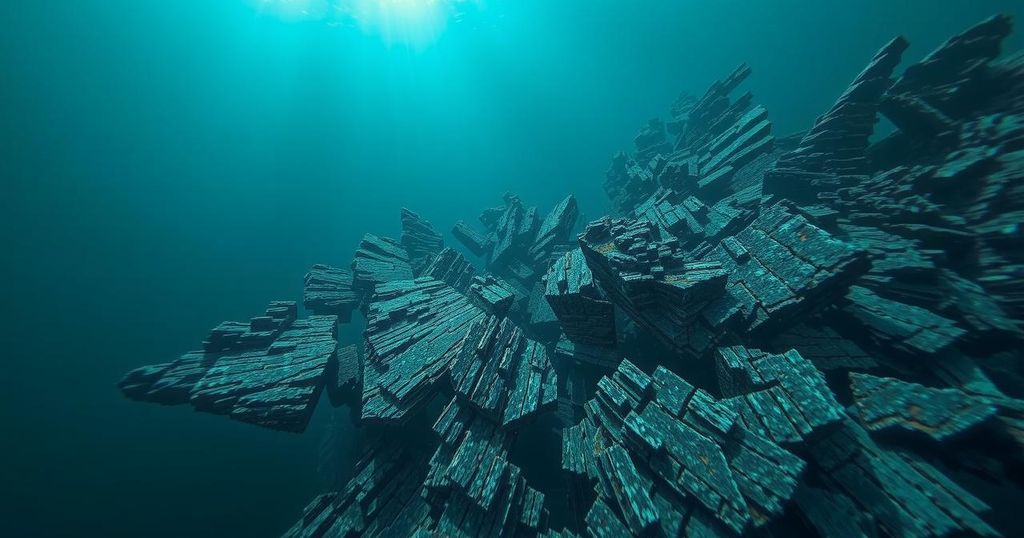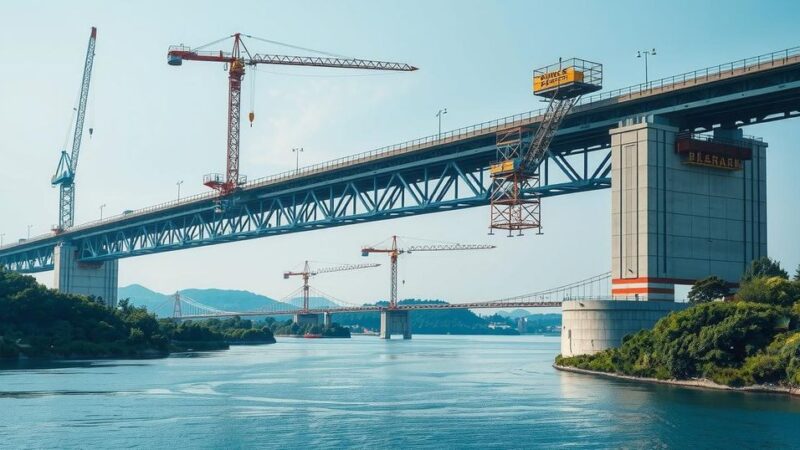On November 17, a magnitude 6 underwater earthquake struck off Japan’s northeastern coast, near Amami Oshima, at a depth of 10 km. The quake caused noticeable tremors in local cities and was followed by six aftershocks within five hours. Authorities warn of potential sea level fluctuations lasting 2-3 hours in coastal regions.
On November 17, an underwater earthquake with a magnitude of 6 struck off the northeastern coast of Japan, specifically near Amami Oshima. The seismic event occurred at a depth of 10 kilometers and was detected by Japan’s Meteorological Agency, resulting in noticeable tremors experienced in nearby cities, including Amami and Kagoshima. The tremors registered at 2-3 points on the seismic scale in certain locations. Following the initial quake, six aftershocks were recorded within five hours, ranging from magnitudes of 2.4 to 6. The earthquake has led to expectations of fluctuations in sea levels along coastal areas, particularly in the Tanegashima and Yakushima regions, as well as the Amami and Tokara islands. These fluctuations are anticipated to persist for approximately two to three hours following the event. The situation is currently being monitored by authorities to provide further updates and ensure public safety.
Japan is situated along the Pacific Ring of Fire, an area known for frequent seismic activity due to tectonic plate movement. Significant earthquakes, including tsunamis, are common occurrences in the region, necessitating stringent monitoring by the Japan Meteorological Agency. The recent earthquake near Amami Oshima highlights the ongoing geological activity that affects local communities, with agencies required to assess risks and inform the populace about potential aftershocks and sea level changes.
In summary, the recent magnitude 6 earthquake off Japan’s northeastern coast highlights the region’s vulnerability to seismic events. With significant aftershocks already recorded and ongoing sea level fluctuations, authorities are emphasizing the importance of preparedness among residents. Continuous monitoring will remain critical as the situation develops in the aftermath of this underwater earthquake.
Original Source: unn.ua






